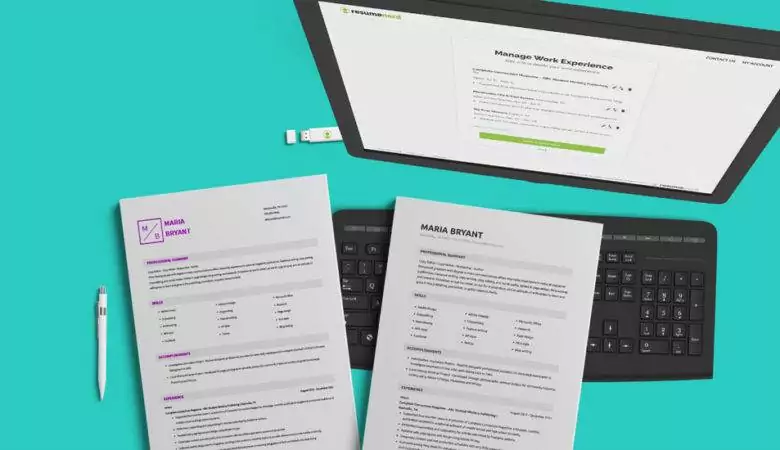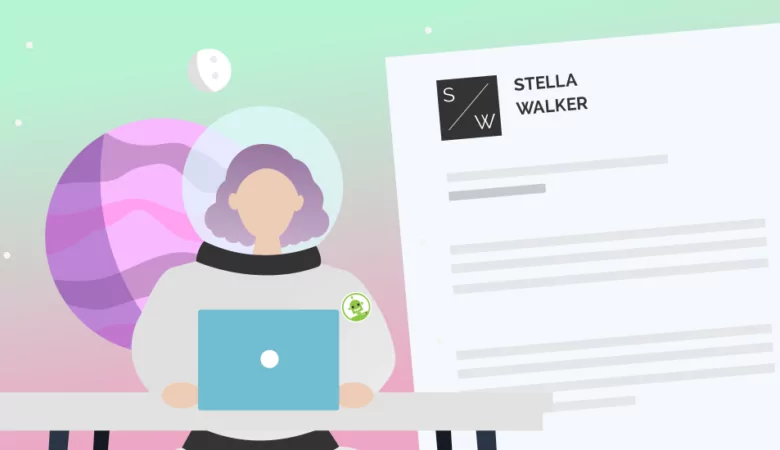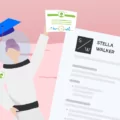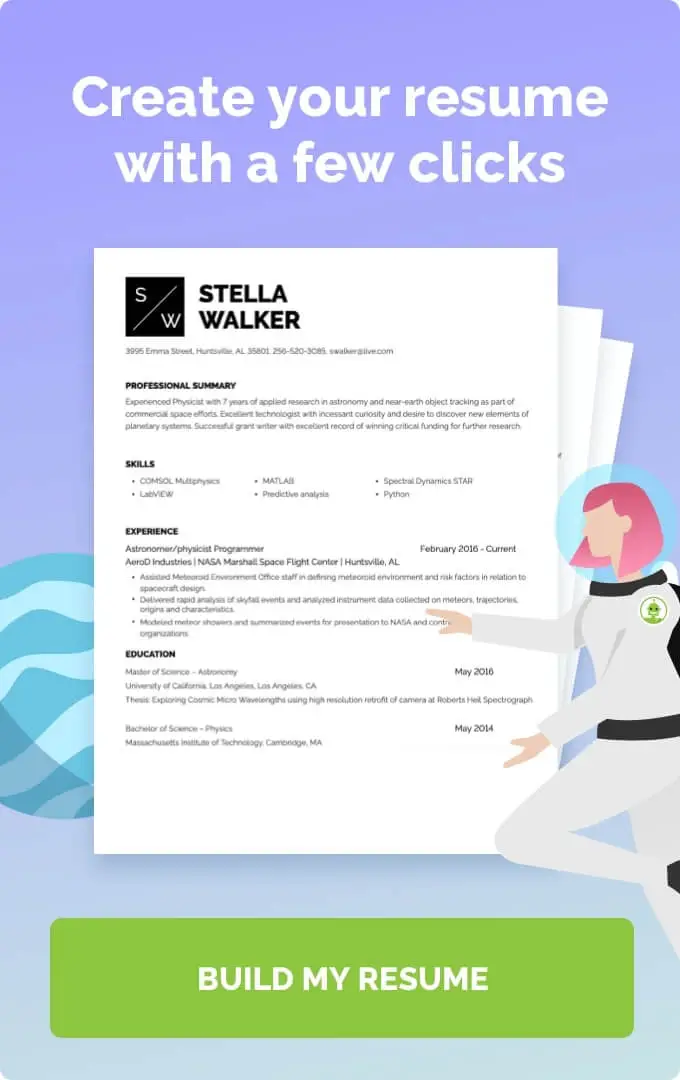A teaching assistant can help a lead teacher do more work. With a bit of help in the resume writing process, here’s how you can write a more engaging resume.

Teaching Assistant Resume Examples for You to Use This Year
Teaching Assistant Resume Examples
A teaching assistant is an individual who assists a formal teacher in their job. This can include teaching assistants of all skill levels, including those working without any formal training, college education students getting some classroom management and teaching experience or assistants working in a full-time job capacity. Here’s how you can create a better teaching assistant resume in order to land your dream job.
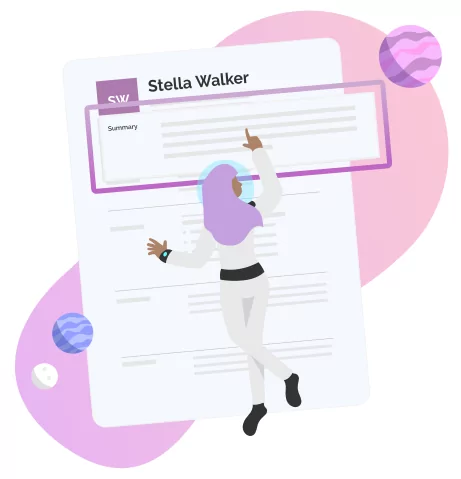
What To Highlight in a Teaching Assistant Resume
Hiring managers are always looking to ensure that your resume has the right mixture of skills for the specific group of students you’re going to teach. For example, your resume will look different if you’re teaching high school students versus elementary school students. Check out teacher assistant resume samples from ResumeNerd to learn more about how different teacher assistants can effectively describe your skill sets.
Structure of a Teaching Assistant Resume
The first step to writing any resume is to choose your resume format. Your options are the chronological format which emphasizes experience, the functional format which emphasizes skills and the combination format which emphasizes parts of both. Choose the right format for your resume, then proceed with these resume sections.
Header
The resume header is where you should feature your contact information. That includes your phone number, email address and links to your professional networking profiles, like LinkedIn. With your contact information at the top of the page, it makes it easy for a recruiter to contact you.
Resume summary or objective
At the top of a resume, you should write a 2-3 sentence paragraph that sums up your professional resume in a way that hiring managers will instantly be impressed with your qualifications and want to read the entire resume. If you have more experience, use a resume summary that highlights your years of experience and any prominent achievements you have. If you have less relevant work experience, use a resume objective that instead focuses on your skills and career goals.
Skills
Your skills section should include both soft skills and hard skills. Start with these bullet points, personalizing them for the job you are applying for:
- Knowledge in a specific teaching niche (special education, high school, etc.)
- Ability to write instructional lesson plans
- Knowledge of early childhood development and general child development
- General childcare knowledge
- Ability to help a lead teacher
- Field trips
- Creating small group activities
- Ability to teach children and adults with disabilities
- Excellent communication
- Interpersonal
- Knowledge of teaching software, like PowerPoint
- Ability to track student progress
- Problem-solving
- Knowledge of student well-being
Remember to check the job description to see what competencies you should include in your resume.
Work history
Your work experience section can include up to 10 years of experience, arranged in reverse-chronological order, with the most relevant and recent experience first. If you’re working in early childhood education as a preschool teacher assistant, you can include related experience such as experience working with a daycare, as a nanny or even babysitting.
Education
The education necessary to be a teaching assistant can vary, with some positions requiring an associate degree or bachelor’s degree and some positions requiring very little education. If you only have a high school diploma, you may want to get some basic certifications, such as first aid certification and CPR.
Do’s and Don’ts for a Teaching Assistant Resume
Here are some additional tips for writing a teaching assistant resume:
-
Do:
- Look through existing teacher assistant resume examples before you begin writing. This can help you more effectively write a high-quality and effective resume.
- Use active language to showcase how you were responsible for certain elements of your job. Instead of “Was tasked with,” use phrases like, “Managed.”
- Add certifications to your resume, even if those certifications aren’t the most common in your industry. All certifications can help you display knowledge of a field.
-
Don’t:
- Use pronouns in your resume. Remove pronouns entirely from the beginning of phrases, turning phrases like “I mentored” into snappy ones like, “Mentored.”
- Avoid using a resume builder to create your resume. A resume builder can help you with both the basics of resume writing and more complex resume templates and designs.
- Write a generalized resume for a specialist position. For example, if you’re teaching special needs students, you should include specialist information about that educational specialty and position.
FAQ: Teaching Assistant Resumes
A cover letter is a great tool for including more information about your experience and education, as well as explaining exactly why you’ll be a great choice for the teaching position that you’re applying for. If you’re planning to submit a resume, even to a position that doesn’t require a cover letter, use the ResumeNerd cover letter builder to create one. It will help you stand out among other job candidates.
Not all teaching assistant jobs require a lot of experience, and some teacher aide positions lend themselves well to a resume without much experience. If you have very little experience or none at all, try to emphasize other important parts of your resume, such as your skills list, education and any other types of experience including volunteer work, academic or internships. Using a functional resume format and writing a resume objective can help you focus on skills and education instead of your work experience.
Every job is unique and that means the best resume for every job will also be unique. One of the best resume tips to keep in mind during the resume writing process is to personalize your resume as much as possible to the job posting. Look through all the keywords that the hiring manager used in the job description itself and then add those keywords to create a resume that shows you match the applicant requirements that the recruiter is looking for.



